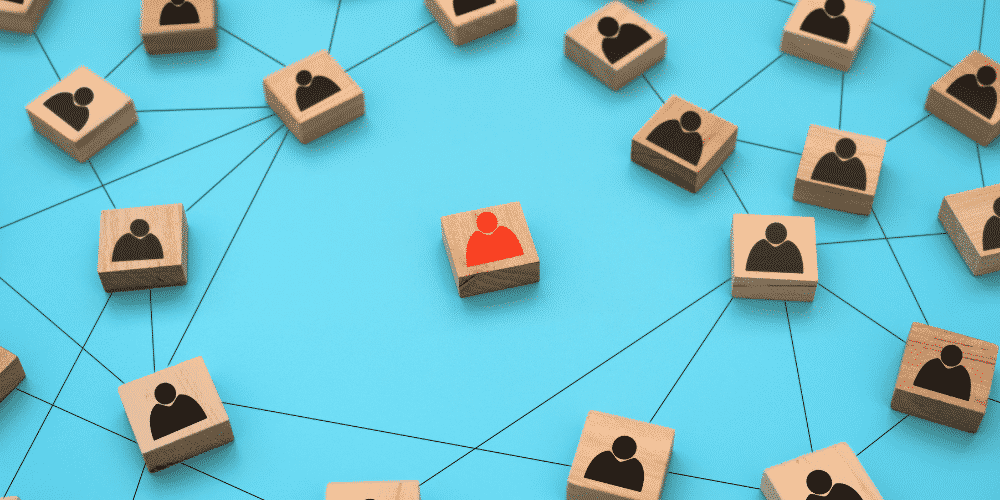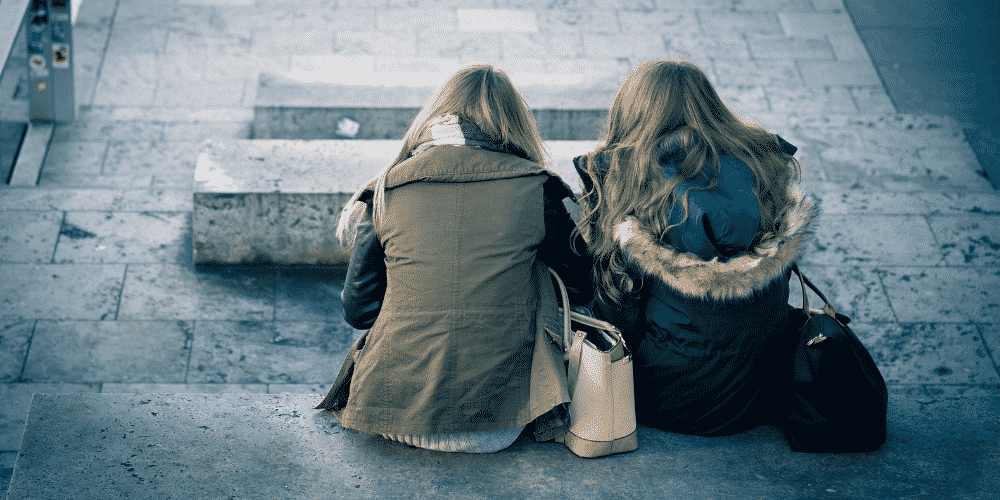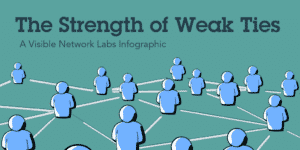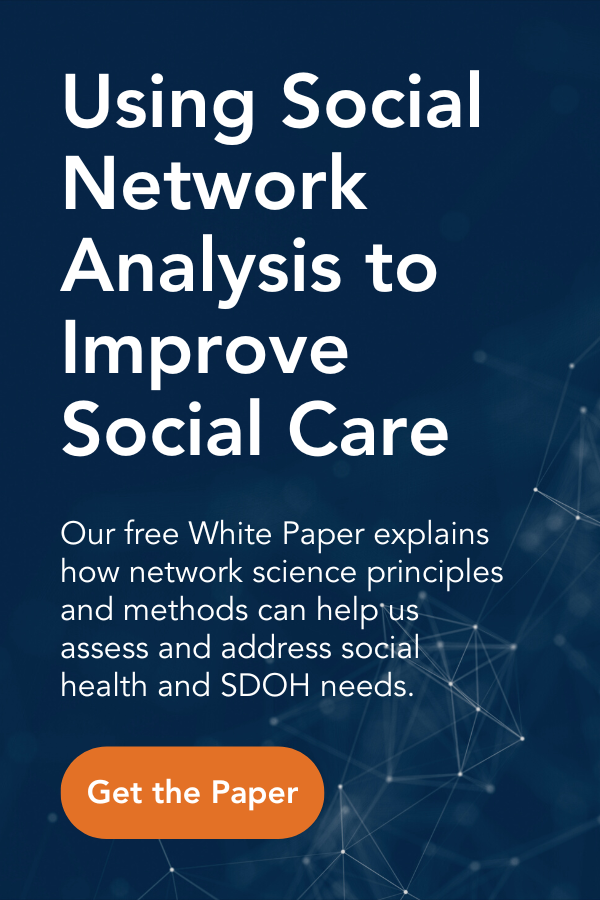What is Social Isolation? Definitions, Risk, Impact, and Solutions

The past year of COVID quarantines and isolation has reaffirmed the importance of social connectedness in our lives. However, it has also exacerbated the issue of social isolation, with studies suggesting record levels of isolation and loneliness in the United States and around the world. Here is an introduction to social isolation, including several definitions, related terms, impacts, and potential solutions for this serious public health crisis.
What is Social Isolation?
There are many ways to answer the question ‘what is social isolation?’ The main similarity across definitions is an objective lack of social connectedness with friends and family. While some view it in terms of social capital for equity, it ultimately boils down to a lack of trusting, valuable relationships with other people. There are numerous dimensions of social isolation, including a general lack of friends, and a lack of companionship (especially among the elderly).
What is Loneliness Vs What is Social Isolation?
Many people confuse social isolation with a related concept, loneliness. This is a perceived lack of belongingness or connectedness to other people. While social isolation represents an objective lack of connections with others, lonely people may be very well connected yet feel lonely regardless. It depends on the feelings of the person rather than something external to them. However, it is very common for those who are socially isolated to report feeling lonely, and these individuals are at an increased risk of adverse impacts.
How Does Social Isolation Impact Health and Well-Being?
Numerous studies over the past four decades have demonstrated that social isolation negatively impacts our health and well-being in a variety of different ways. For example, one study found that socially isolated women with breast cancer 43 percent more likely to see their breast cancer return, 64 percent more likely to die from breast cancer, and 69 percent more likely to die from any cause, compared to socially integrated women.
A lack of social connections impacts health outcomes through three different mechanisms.
- First, relationships impact our health behaviors and connect us to resources and opportunities.
- Second, connections support us psychosocially, providing stress relief and support.
- Third, our friendships directly affect us by boosting cardiovascular and immune system function.
By strengthening social connectedness and building high-value, trusting relationships, we give our bodies new tools to help us stay happy and healthy.

Who Is Most At Risk of Social Isolation?
Social isolation can affect anyone at any point in their life, however there are factors that can put you at greater risk. Social isolation tends to increase in age, and those without a spouse or other companion are more likely to be socially isolated than others their age. Being disconnected from the community, or unemployed is also associated with greater isolation. While some people believe that social media is worsening the issue, studies have found mixed results, with some people using social media to stay connected with others online.
Health Equity and Social Isolation
Social isolation and health inequity are interconnected conditions that mutually reinforce one another. Someone who is socially isolated loses access to resources and support from those in their community, increasing the inequity of the system. Similarly, those with inequitable access to healthcare providers, especially those with mental health challenges and the elderly, are more likely to fall through holes in the safety net and become socially isolated. Understanding the issue of social isolation can help us create better solutions for health equity that take into account this serious underlying condition and build social connectedness from the ground up.
Strategies for Addressing Social Isolation
As more organizations recognize the importance of social connectedness for health and well-being, new programs are attempting to solve the issue from a variety of different directions.
In Europe, many providers are utilizing social prescribing to address social isolation. Patients who report feeling lonely and lacking social connections are prescribed social activities like nature excursions, group classes, concerts, and other outings.
Many existing community services can be leveraged to help address social isolation, in addition to other social determinants of health. For example, several Meals on Wheels progams now include time to visit with clients while dropping off food, and transportation providers for those going to an appointment can also provide conversation and companionship during the trip.
Sometimes social isolation is the result of an underlying condition or situation that must be addressed first. For example, hearing or sight loss can leave people feeling cut off from their friends and family. Providing hearing aids or another solution to help them communicate again is critical for re-integrating them socially.

Identifying Social Isolation with Social Network Analysis
It is impossible to begin addressing social isolation without being able to screen individuals and identify those lacking social connections. We created PARTNERme to help providers identify social isolation and ofter forms of adverse social connectedness among their patients. A patient uses a touch-screen process to draw their own personal support network and answer questions about their social needs and feelings of loneliness. With this data, the provider can help connect individuals with resources, while gaining a population-level view of social isolation over time. This kind of insight is critical for targeting programs and interventions towards those who need them most.
What is Social Isolation: Now You Know
As you can see, a lot goes into answering the question: what is social isolation? Ultimately, it is a lack of social ties or connectedness and deprives people of the benefits social connections provide. The elderly are especially vulnerable to being isolated, and solutions like social prescribing exist and are growing. However, the key for interventions is to first be able to identify those at risk of social isolation. PARTNERme is the most innovative approach available yet, using social network analysis to help providers visualize patient support networks, identify gaps, and fill them using targeted interventions and referrals.
What is Social Isolation: More Resources
Want to know more about social isolation and other forms of adverse social connectedness? Here are some of our favorite resources and articles related to the topic.
- What is social isolation?
- Understanding the Effects of Social Isolation on Mental Health
- Addressing Social Isolation and Loneliness: Lessons from Around the World
- Social Relationships and Mortality Risk: A Meta-analytic Review
- UK Appoints a Minister for Loneliness
- Social Call Program (Evening/Weekend Visitation) – Meals on Wheels
- NHS England » Social prescribing
- Medicare Spends More on Socially Isolated Older Adults

About the Author: Alex Derr, M.P.A.
Director of Marketing & Communications
Alex joined VNL in 2017, originally supporting our events. He now helps manages our communications and marketing strategy and content development work. Alex creates blogs, infographics, reports, and other content while managing our web and social media presence. He also runs our email marketing campaigns, tracks analytics, and conducts market research to drive our strategy. He supports our entire team with copywriting, graphic design and research, and helps with events, webinars, demos, and other online learning. When he isn’t at work Alex spends his time climbing 14ers (30 done, 28 to go!) and blogging on his own website, The Next Summit Blog.
|
|
Thank you for Signing Up |

More Social Care Resources




